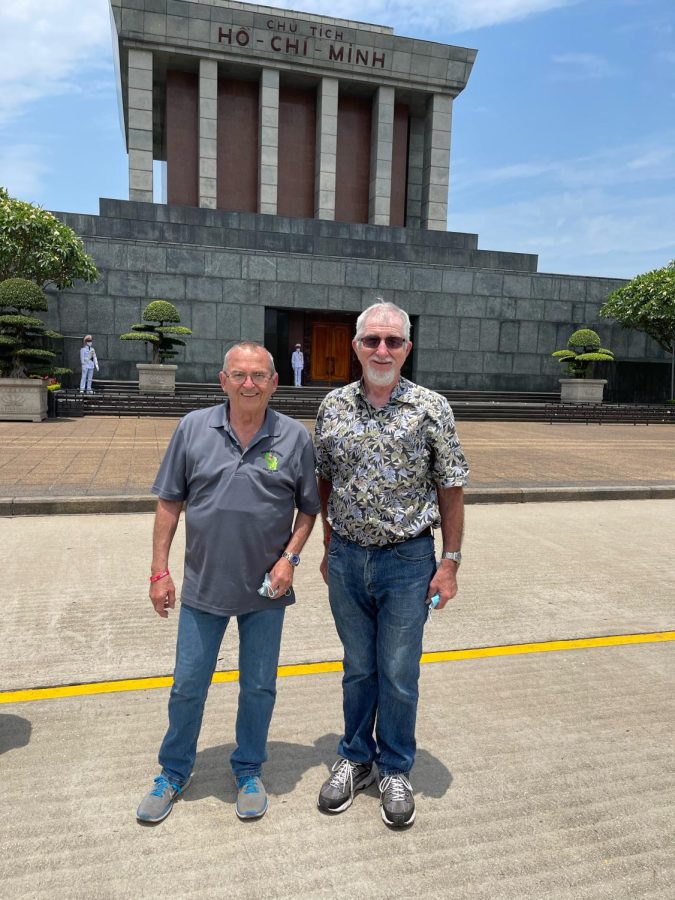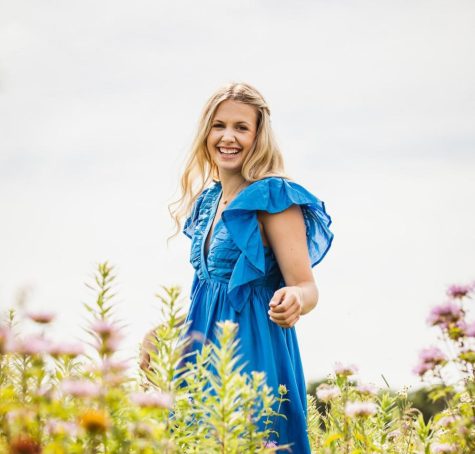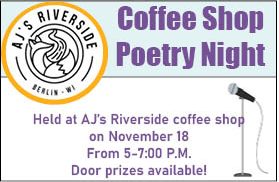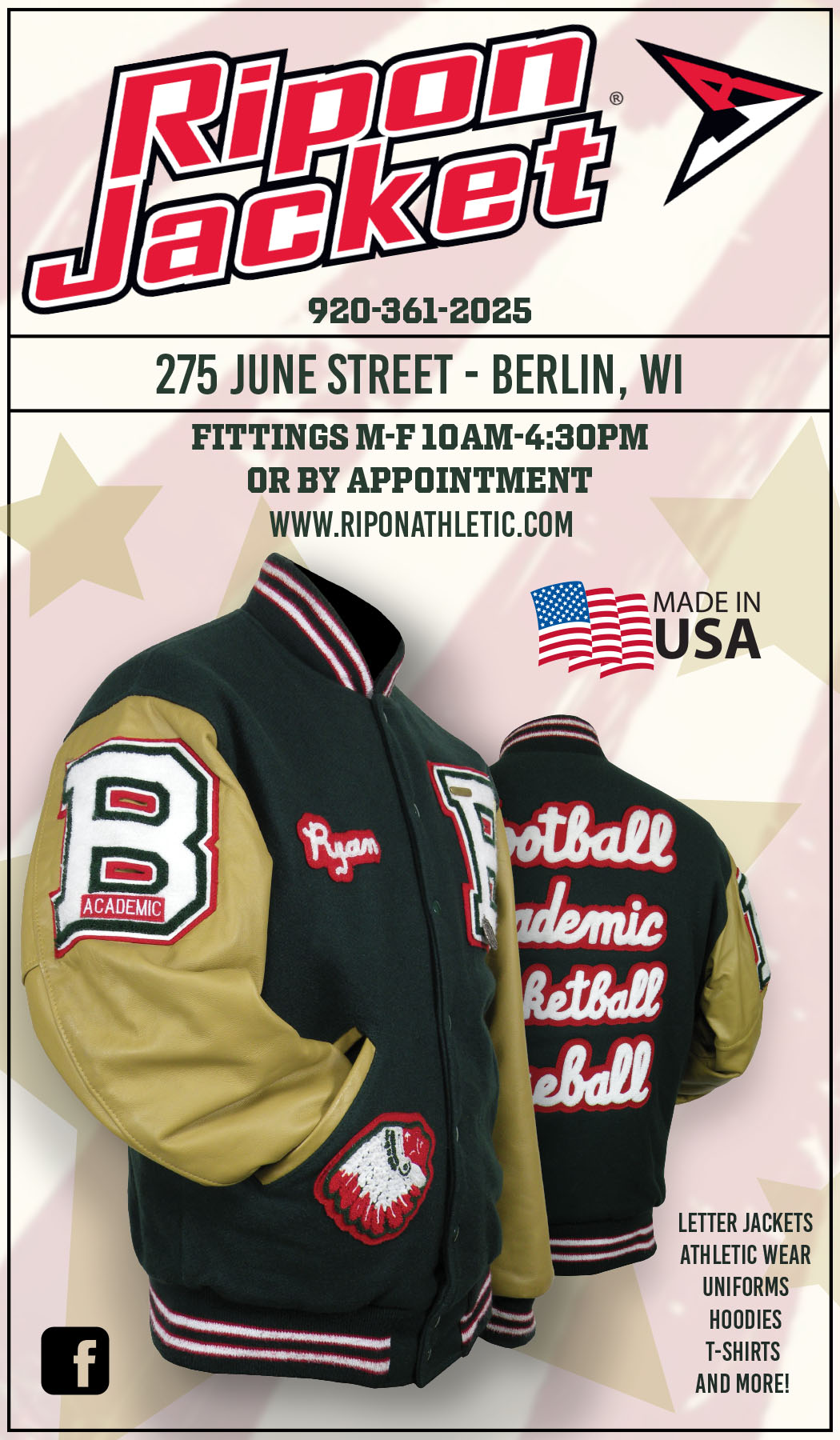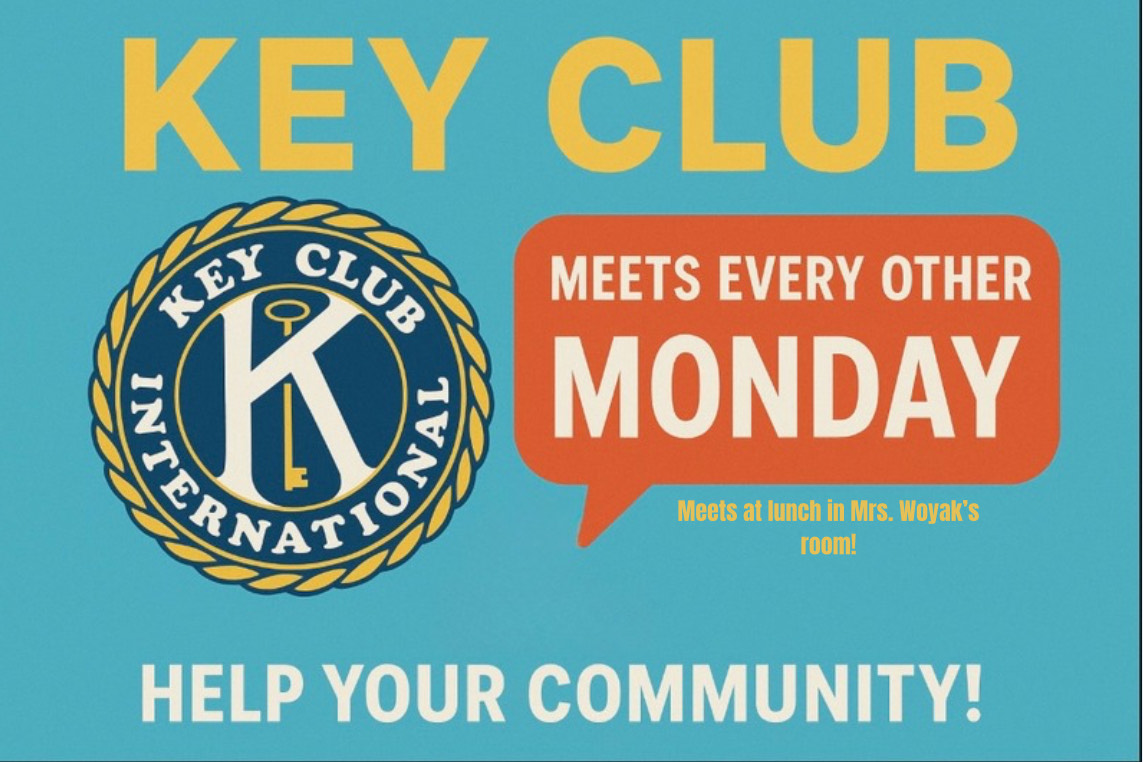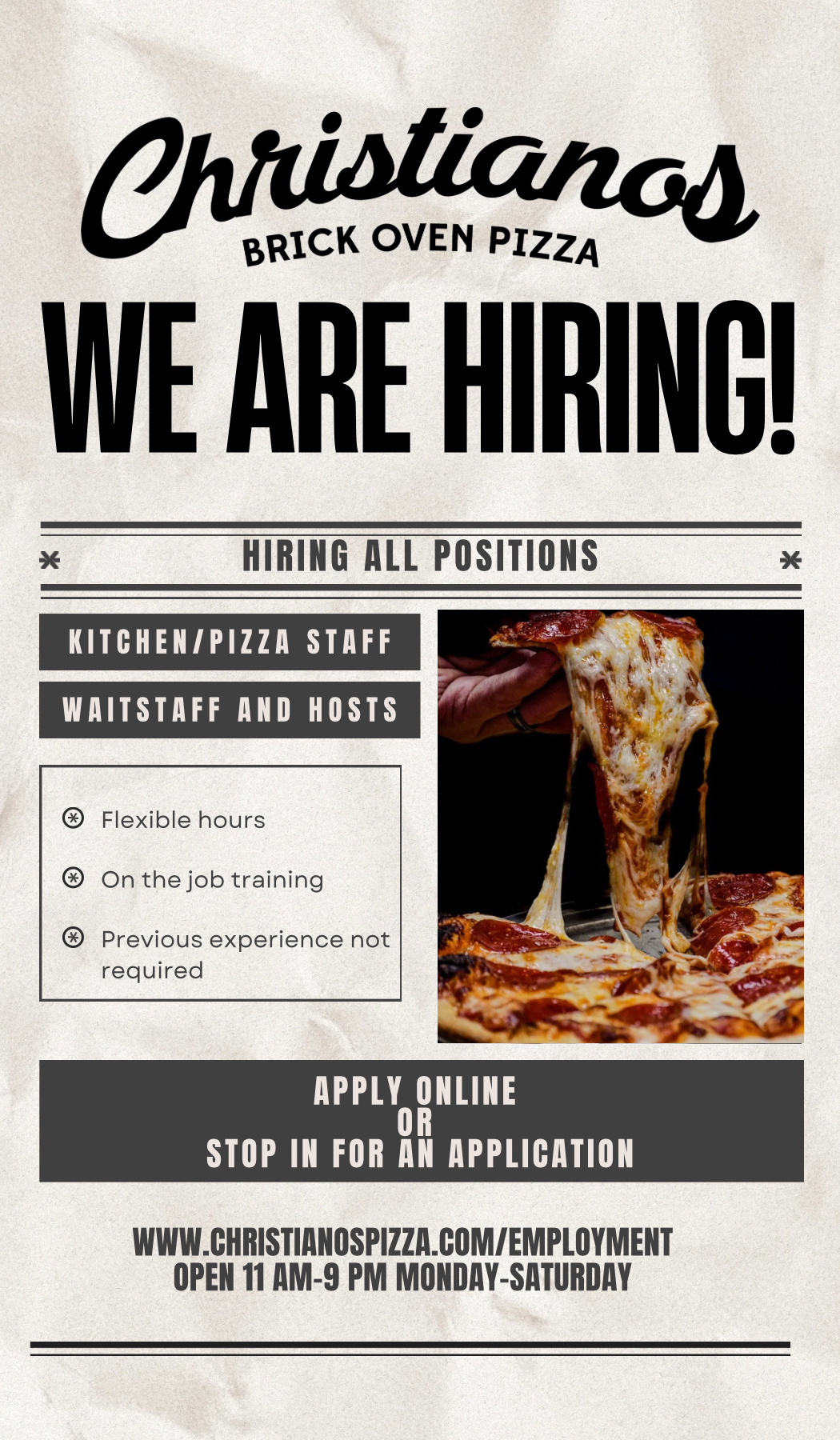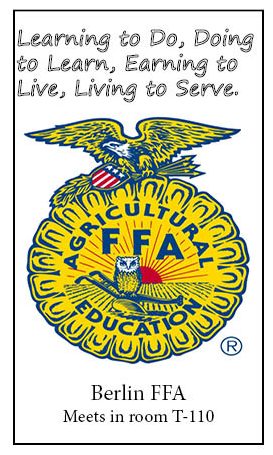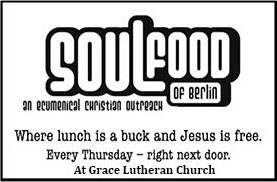Vietnam War veterans take trip of a lifetime
May 18, 2022
Alumni Keith Hess ‘66, Richard Strebelinski ‘66 and Everett Tom Wood ‘66 recently took the trip of a lifetime to revisit Vietnam and see what it has turned into over the past 50 years since returning from the Vietnam War.
“When I came home from the Honor Flight in 2019 I knew I had to try my best to get other veterans back to Vietnam and experience the healing power of seeing what Vietnam has developed into. When we left over 50 years ago, Vietnam was a burning waste land with tons of bad memories of death and disgust,” Hess said.
Strebelinksi, who served two tours in Vietnam from March 1969 to October 1970, said there were several requirements to meet before they could travel.
“I was contacted by Keith Hess last year to see if I wanted to go on the tour to Vietnam. I was very excited. I had to get paperwork filled out first. We had to be up to date on our vaccinations and have passports. We used those a lot,” Strebelinski said.
The trip was originally scheduled to depart in February; however, due to COVID-19 restrictions and Vietnam not accepting visitors, the trip was moved back until April. Military Historical Tours based out of Virginia helped plan the trip. This same company planned the Old Glory Honor Flight “Return to Nam” in 2019 that Hess also went on.
“This trip was open to any Vietnam veteran from Wisconsin. I was lucky enough to have two of my classmates from the BHS Class of 1966 go along,” Hess said.
The journey getting to Vietnam was not an easy one and the veterans experienced some hiccups. Once they arrived at O’Hare airport in Chicago, three of the Veterans were not able to fly to Vietnam.
“The day before we departed, Vietnam came up with a COVID-19 tracking app for smartphones. Needless to say we didn’t find out until we got to O’Hare. Three members of the group did not have smartphones and were not allowed to board the flight (remember we are all 70+ years old, some guys still had flip phones),” Hess said.
Part of this trip’s purpose was for the veterans to revisit some of the sites that they fought at and hopefully be provided some closure.
“I was stationed in Vietnam from April 1969 to June 1970. For a veteran to visit the battlefields that he fought at, no words can explain the feeling. It is the tears in the veteran’s eyes that tell the story,” Hess said. “On my first trip back three years ago I broke down and cried my eyes out for a few hours when we got to the area where Tom Guden was wounded. Tom later died in a hospital in Japan. Words just can’t explain the feeling that comes over you.”
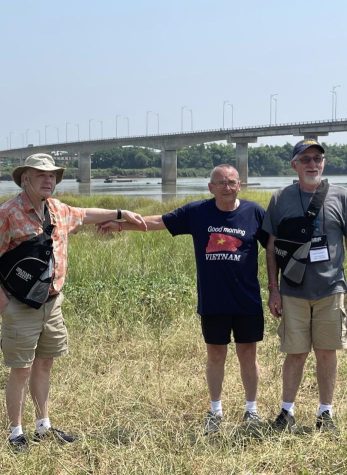
Strebelinski also got to experience some of the healing that revisiting some of these war sites in Vietnam provides.
“A highlight of the trip, for me, was being able to go back to the spot where we served. The place I was stationed wasn’t accessible because it’s now a restricted area. It was great to go back to Red China Beach,” Strebelinski said. “There was a lot of healing that took place at certain spots. We laid flowers at places where there were a lot of American lives lost. We visited Victory Bridge where one of our classmates was killed.”
Since the Vietnam War, Vietnam has substantially grown. The veterans were able to see that, especially throughout the cities.
“It was good to go back and see it restored. I always thought that it would be a beautiful place if it ever got cleaned up, and it is for the most part. There are high-rise buildings in place of huts and rice paddies. The traffic is unbelievable! The money system is baffling. It takes 23,000 Dong to equal $1 US currency,” Strebelinski said.
Hess says that he was also shocked by all of the traffic and people that were in some of these Vietnamese cities.
“The most memorable for almost everyone is seeing the traffic in the cities. Saigon is a city of 8 million, with over 6 million licensed motorcycles. There are no stop signs and no crosswalks. To cross a street you just slowly walk out onto the street and proceed to cross at a steady pace. The cycles will all weave around you. You have to see it to believe it,” Hess said.
One of the sites that the veterans were able to visit was an old tunnel system used by the Viet Cong.
“About that hole…those are camouflaged entrances to a tunnel system that was used by the Viet Cong. Because of their smaller size, the Viet Cong could maneuver undetected by crawling all through the tunnels,” Strebelinski said. “In the daytime many of the enemy acted like common farmers, but at night they went into the tunnels to transport weapons and food, completely undetected. They actually had a system of tunnels under one of our American bases that we didn’t know about until much later.”
While on the trip, an unexpected surprise occurred and the group was able to meet with the President of Vietnam who happened to be staying at the same hotel as they were.
“We were staying at the new Silk Path Hotel in Hue, Vietnam. Our tour bus was scheduled to leave the next morning at 8, but we had to wait for the President’s motorcade to pull away from the hotel so our bus could get into the parking lot. While we were waiting, the President came out and was being escorted to his vehicle. A member of the hotel staff told one of the Secret Police that our group had all fought in ‘The American War.’ The next thing we knew the President was over shaking everyone’s hand,” Hess said.
Coming back to Vietnam is something that most veterans will never get the chance to experience.
“They had so many points of interest and historical battlefields all included for us to revisit, under much different circumstances,” Strebelinski said.


